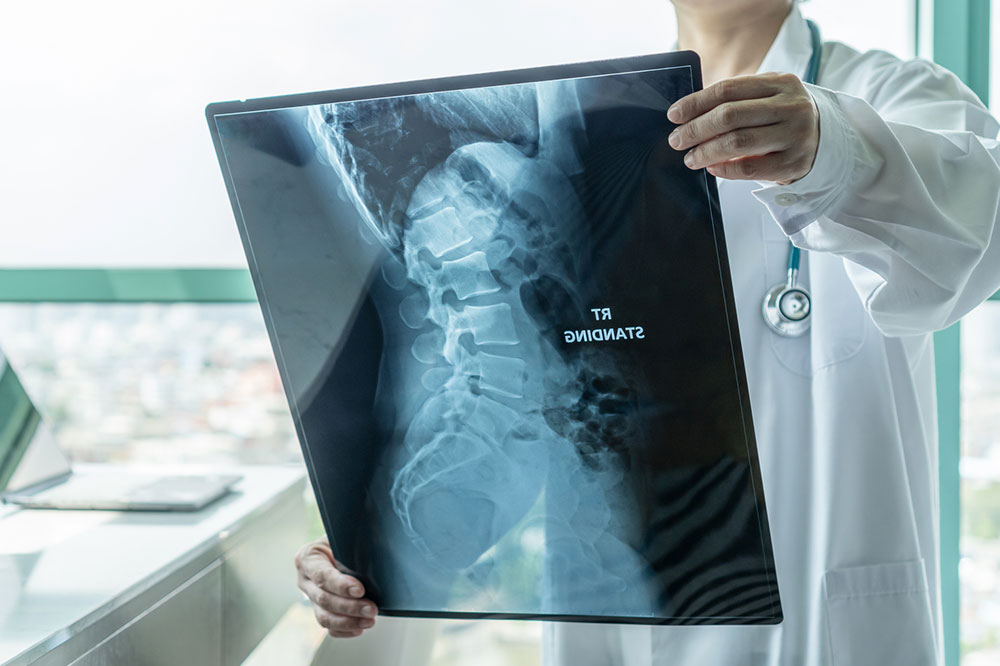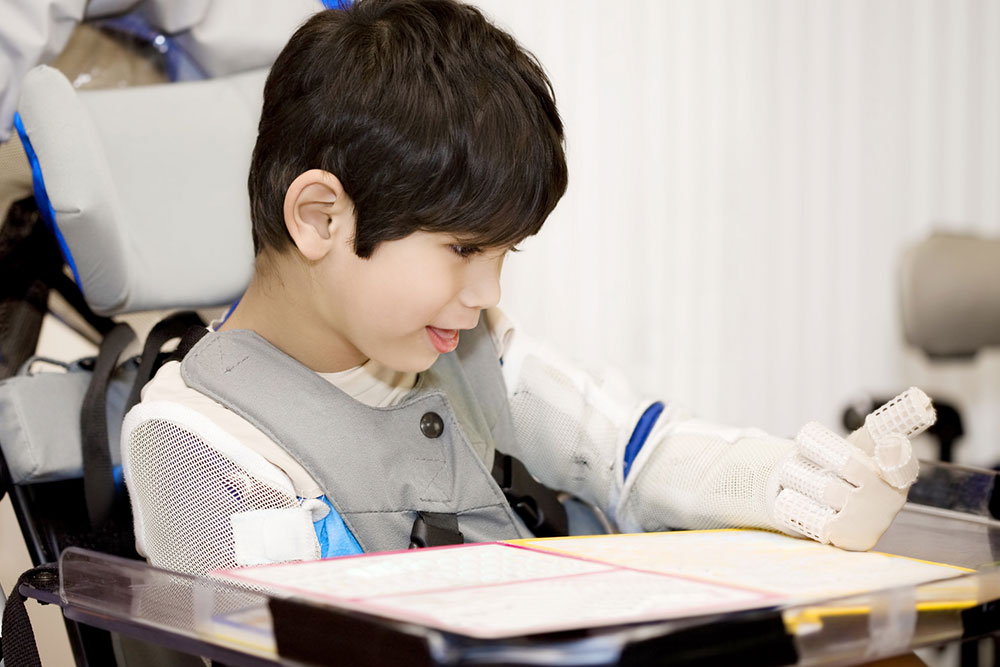Understanding Spinal Muscular Atrophy: Types and Indicators
Explore the different types of spinal muscular atrophy and their common symptoms. Understand how SMA affects movement, its genetic basis, and the signs to watch for at various stages of life. Improve awareness and know when to seek medical advice for this progressive condition.

Understanding Spinal Muscular Atrophy: Types and Indicators
Spinal muscular atrophy (SMA) is a hereditary neurological disorder characterized by progressive muscle weakness due to faulty nerves in the spinal cord and brainstem. It is one of the most common genetic causes of early childhood mortality but remains underrecognized. This article highlights the various SMA types and their typical symptoms to improve awareness and understanding.
What is SMA?
Spinal muscular atrophy is a genetic condition affecting movement, caused by the degeneration of nerve cells in the spinal cord and brainstem. The muscles weaken over time because they do not receive proper signals.
Inherited in an autosomal recessive pattern, SMA requires both parents to carry the defective gene for a child to develop the disease. Severity varies across types: Type 0 is the most aggressive, appearing during fetal development, while types 1 through 4 manifest from infancy to adulthood, with milder symptoms in later stages.
Recognizing SMA Symptoms
Symptoms depend on the specific SMA type, with each presenting distinct features. Here’s a breakdown:
Type 0
This rare form affects fetuses, causing low muscle tone, joint issues, and respiratory muscle weakness.
Type 1
Severe symptoms emerge in infancy, including inability to hold up the head, difficulty swallowing, breathing problems, and flaccid limbs.
Type 2
Typically appears between 6-18 months, leading to leg weakness, but most children can sit and stand unaided.
Type 3
Onset occurs from ages 2 to 17, with children able to walk but facing challenges with running or stair climbing.
Type 4
Adulthood SMA with ongoing muscle weakness, twitching, and respiratory issues.
Note:
This article aims to provide useful insights about SMA, but it should not be considered definitive medical advice. Readers should consult healthcare professionals for diagnosis and treatment options. The information shared relies on current research and might not reflect all available treatments or regional differences.










